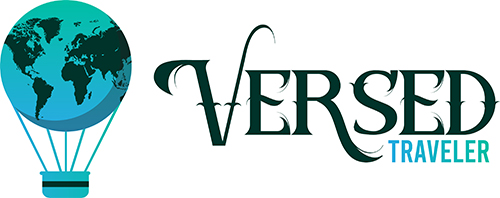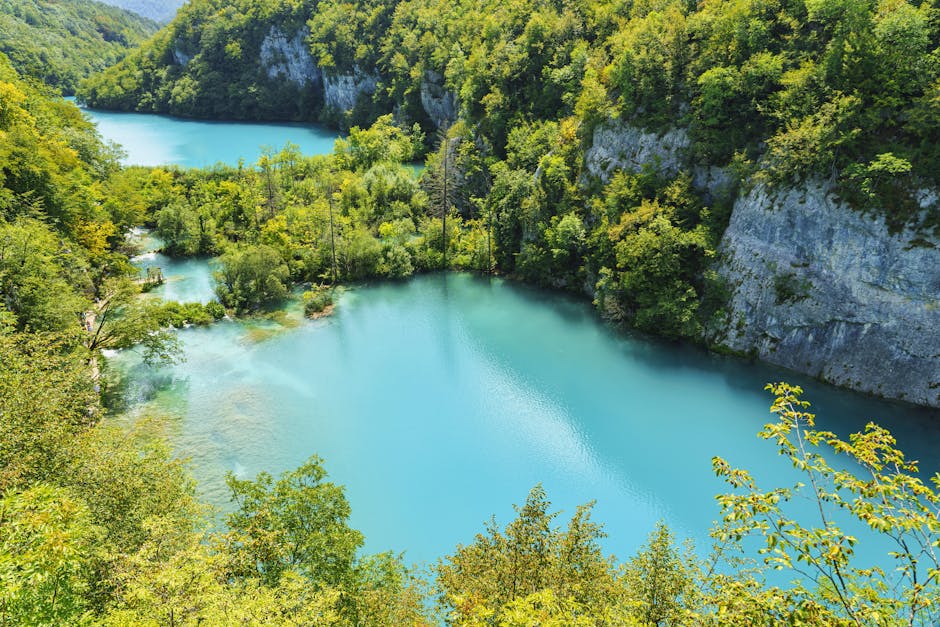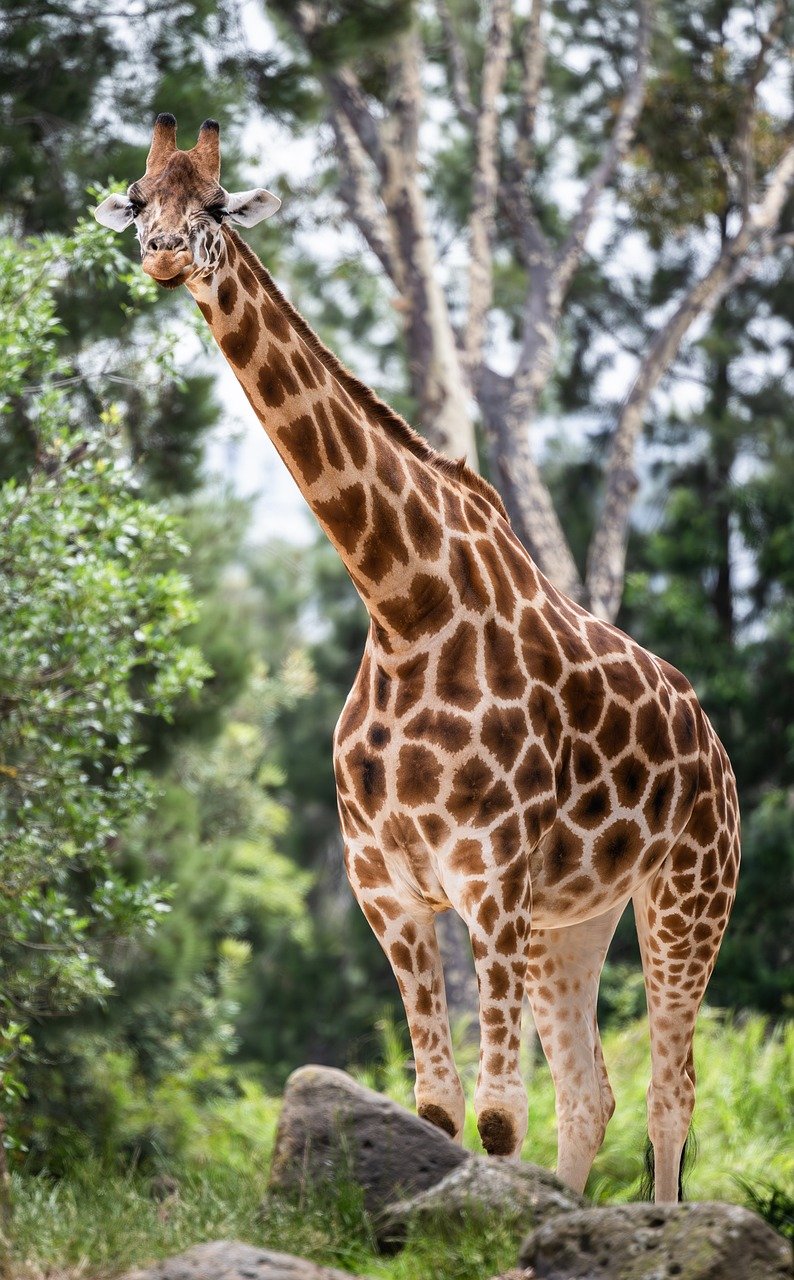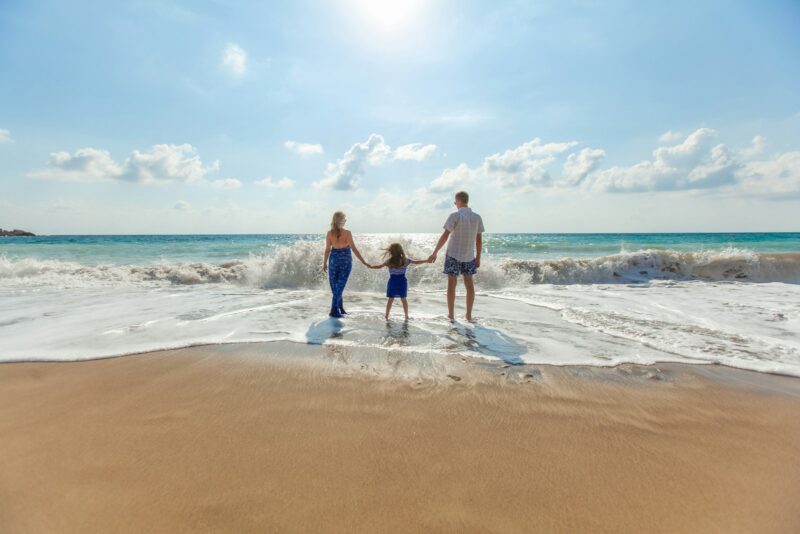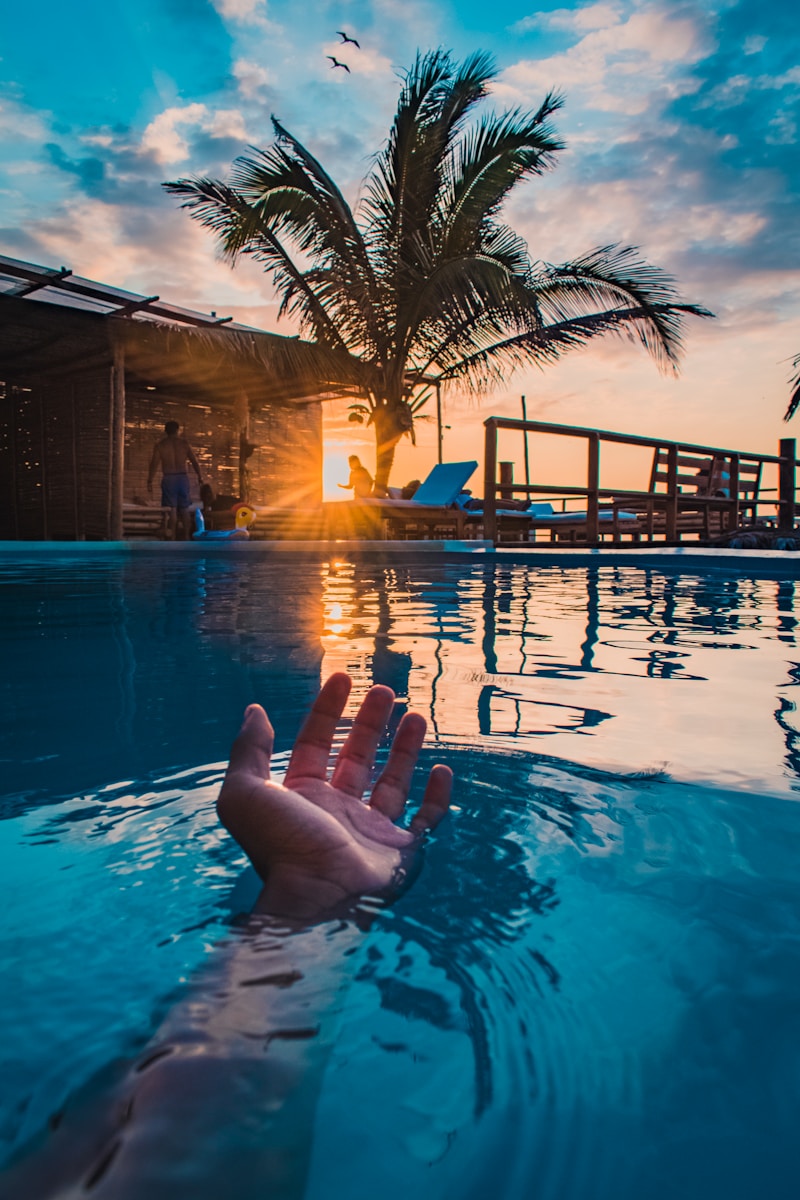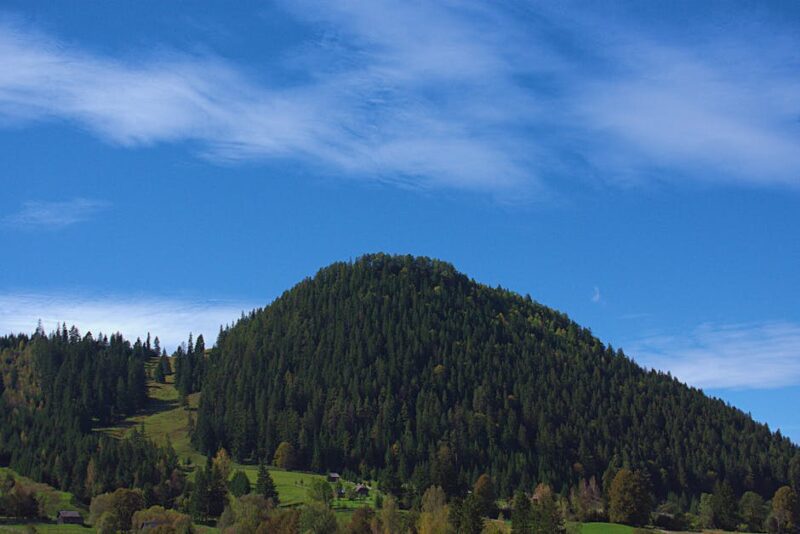Plitvice Croatia National Park is a true gem cherished not just for its stunning landscapes but also for its rich ecological and geological value. Nestled in the heart of Croatia, this natural wonder boasts interconnected lakes, mesmerizing waterfalls, and lush forests, making it a must-visit for nature lovers. Recognized as a UNESCO World Heritage Site, Plitvice stands out for its unique process of tufa formation, which continues to shape the landscape with captivating barriers and dams.
- Key Highlights:
- UNESCO World Heritage: Recognized for exceptional natural beauty and ecological significance.
- Unique Lakes and Waterfalls: Formed by travertine barriers.
- Diverse Wildlife: Home to bears, wolves, and rare birds.
Plitvice Lakes National Park is a true wonder of nature. With my many travels across Europe, I’ve visited Plitvice multiple times, and each visit is unforgettable. This guide will help you make the most of your trip to Plitvice Croatia National Park. We’ll explore its stunning beauty and offer simple tips to improve your visit. Let’s find this amazing place together!
Table of Contents
ToggleGetting to Plitvice Croatia National Park
Plitvice Croatia National Park is a stunning destination that can be easily reached from several major Croatian cities, making it a convenient stop whether you’re exploring the vibrant capital of Zagreb, the beautiful Adriatic coast in Split, or the historic city of Dubrovnik.
From Zagreb
Zagreb, the capital city of Croatia, is approximately 130 kilometers (about 81 miles) north of Plitvice. The drive takes around 2 hours via the A1 highway, exiting at Karlovac. This route offers a smooth and scenic drive through the Croatian countryside.
Public Transport: Direct buses run regularly from Zagreb to Plitvice, taking about 2.5 hours. It’s a straightforward option if you’re not renting a car.
From Split
Split, located on the Adriatic coast, is about 240 kilometers (roughly 149 miles) away. The drive takes around 3 hours via the A1 highway, exiting at Gornja Ploča. This route gives you a chance to enjoy the transition from coastal views to lush inland landscapes.
Public Transport: Buses from Split to Plitvice are available but less frequent than from Zagreb, so plan ahead. The journey by bus takes about 4 to 5 hours.
From Dubrovnik
Dubrovnik is further away, about 400 kilometers (approximately 249 miles) south of Plitvice. Driving takes about 6 hours, mostly on the scenic D8 coastal road before joining the A1 highway.
Public Transport: There are no direct buses from Dubrovnik to Plitvice. A common approach is to take a bus to Split or Zagreb and then transfer to another bus heading to the park.
Driving Routes
For those who prefer the flexibility of driving, the park is accessible via Croatia’s well-maintained highway network. The A1 highway is the main north-south route, with exits at Karlovac, Otočac, and Gornja Ploča leading to Plitvice.
Tips for Drivers:
- Plan your route ahead, especially during peak tourist seasons when roads can be busy.
- Consider stopping at local attractions along the way to break up the journey and explore more of Croatia’s beauty.
Public Transport
Public transport is a viable option if you’re traveling without a car. Buses are the primary mode of transport to Plitvice, with direct routes from major cities like Zagreb and Split.
Key Points:
- Tickets: Purchase bus tickets in advance, especially during the high season.
- Schedule: Check the latest bus schedules as they can vary by season.
Getting to Plitvice Croatia National Park is part of the trip, offering a glimpse of Croatia’s diverse landscapes. Whether by car or bus, the journey promises stunning views and a taste of the country’s rich natural beauty.
Exploring Plitvice Croatia National Park
Plitvice Croatia National Park is a mesmerizing natural wonder, famed for its stunning waterfalls, pristine lakes, and vibrant biodiversity.
Waterfalls and Lakes
The park is home to 16 cascading lakes, each with its own unique hue of blues and greens. These lakes are interconnected by a series of waterfalls, formed by travertine barriers. The most famous is Veliki Slap, the largest waterfall in the park, standing at an impressive 255.9 feet (78 meters). Another notable waterfall is Galovački Buk in the upper lakes, which rises to 82 feet (25 meters).
The lakes are divided into two groups: the upper and lower lakes. The upper lakes are larger and surrounded by dense forests, while the lower lakes are smaller and set in a limestone canyon. Both offer breathtaking views and are a must-see for any visitor.
Hiking Trails
Exploring the park is best done on foot. There are numerous hiking trails ranging from easy walks to more challenging hikes. Most trails are well-marked and equipped with wooden walkways, ensuring a safe and enjoyable experience.
Here are some popular trails:
- Trail H: A moderate 4-6 hour loop that covers both upper and lower lakes, offering a comprehensive view of the park’s beauty.
- Trail K: For the adventurous, this 8-hour trail takes you through the entire park, providing stunning panoramic views.
Wildlife and Biodiversity
Plitvice is not just about lakes and waterfalls. It’s a haven for wildlife enthusiasts. The park is home to diverse flora and fauna, including over 1,265 plant species, with 75 endemic to the region. The dense forests are habitats for brown bears, wolves, and the elusive lynx.
The park is also a paradise for bird watchers, with over 120 bird species recorded. And let’s not forget the 321 species of butterflies that add a splash of color to the landscape.
Tips for a Memorable Visit
- Early Start: Arrive early to enjoy the tranquility before the crowds.
- Boat Rides: Don’t miss the electric boat ride across Lake Kozjak for a unique perspective of the park.
- Stay Hydrated: Bring water and snacks, as the walking trails can be lengthy.
Exploring Plitvice Croatia National Park offers an unforgettable encounter with nature, where every corner reveals a new spectacle. Whether you’re hiking the trails, marveling at the waterfalls, or spotting wildlife, the park promises an trip like no other.
Best Time to Visit Plitvice Croatia National Park
Choosing the right time to visit Plitvice Croatia National Park can greatly improve your experience. Each season offers its own unique charm, so let’s explore the highlights of spring, autumn, and winter.
Spring
Spring is a wonderful time to visit Plitvice. The park comes alive with vibrant greenery and blooming wildflowers. The waterfalls are at their fullest, thanks to the melting snow and spring rains. Temperatures are mild, making it ideal for hiking and exploring the trails. Plus, the park is less crowded compared to the summer months, allowing for a more peaceful experience.
Autumn
Autumn transforms Plitvice into a spectacular palette of reds, oranges, and yellows. The crisp air and clear skies provide perfect conditions for photography and sightseeing. It’s also a quieter time, as the summer crowds have dwindled. Walking through the forest trails surrounded by autumn foliage is a serene experience.
Winter
For a magical experience, consider visiting in winter. The park is blanketed in snow, and the frozen waterfalls create a stunning winter wonderland. Although some areas might be closed due to snow, the open parts offer a unique perspective of the park’s beauty. It’s essential to dress warmly and wear appropriate footwear for icy paths.
Seasonal Highlights
- Spring: Full waterfalls, blooming flora, fewer crowds.
- Autumn: Colorful foliage, cooler temperatures, tranquil atmosphere.
- Winter: Snow-covered landscapes, frozen waterfalls, fewer visitors.
Timing your visit to coincide with these seasonal highlights can make your trip to Plitvice Croatia National Park truly unforgettable. Whether you’re marveling at the lush growth of spring or the serene beauty of winter, each season offers a distinct and memorable experience.
Tickets and Practical Information
Planning your visit to Plitvice Croatia National Park involves some key details to ensure a smooth and enjoyable experience. Here’s what you need to know about tickets, park rules, and accommodations.
Online Booking and Entrance Fees
To manage the flow of visitors and preserve the park’s beauty, entrance tickets are timed. This means you need to book your tickets for a specific entry time. It’s highly recommended to book online in advance, especially during peak seasons, to secure your preferred time slot.
Entrance fees vary by season. According to recent reviews, tickets cost around €20 in October but can rise to €40 during the summer months. This pricing strategy helps manage the number of visitors and maintain the park’s facilities. The ticket price includes access to panoramic vehicles and electric boats, as well as facilities like restrooms.
Park Rules
While exploring the park, it’s important to follow some basic rules to help protect its natural beauty:
- Stay on marked trails to preserve the delicate ecosystems.
- Cashless transactions are preferred, so bring your cards for any purchases.
- Keep noise levels down to avoid disturbing the wildlife.
- Smoking is prohibited to prevent forest fires.
- Pets are allowed but must be kept on a leash.
These rules ensure that the park remains a pristine environment for all visitors to enjoy.
Accommodations
When it comes to staying near the park, you have several options. The park operates four hotels right on its borders, offering convenience but lacking charm. For a more personalized experience, consider guesthouses in nearby villages. The idyllic village of Korana, with its scenic river views, is a great choice for those seeking a peaceful retreat.
For those who prefer the outdoors, there are two campsites available. Alternatively, private rooms in the surrounding villages offer a cozy and atmospheric stay.
Summary Table of Key Information
| Aspect | Details |
|---|---|
| Online Booking | Book tickets in advance for a specific time slot |
| Entrance Fees | €20 in off-season, up to €40 in summer |
| Park Rules | Stay on trails, cashless, quiet, no smoking |
| Accommodations | Hotels, guesthouses, campsites near the park |
By planning ahead and understanding these practical aspects, your visit to Plitvice Croatia National Park can be seamless and memorable. Next, we’ll dive into some frequently asked questions to help you further prepare for your trip.
Frequently Asked Questions about Plitvice Croatia National Park
Is it worth it to go to Plitvice?
Absolutely! Visiting Plitvice Croatia National Park is an unforgettable experience. The park’s enchanting lakes and waterfalls offer a breathtaking natural spectacle that has captivated travelers worldwide. Even with the crowds, especially during peak seasons, the park’s beauty is undeniable. Plan your visit carefully to maximize your enjoyment. Consider visiting during off-peak times like winter or early spring for a quieter experience. The park’s unique tufa formations and crystal-clear waters are a must-see for any nature lover.
How much does it cost to get into Plitvice National Park?
The cost of entering Plitvice Croatia National Park varies by season. During the off-season, such as October, tickets are approximately €20. In contrast, summer prices can rise to around €40. This pricing reflects the park’s popularity and helps manage visitor numbers. Your ticket includes access to scenic trails, panoramic vehicles, and electric boats. Booking your tickets online in advance is advisable, especially during busy periods, to ensure you secure your preferred entry time.
Is entrance 1 or 2 better at Plitvice?
Choosing between Entrance 1 and Entrance 2 depends on your preferences and the experience you’re seeking. Entrance 1 is popular for its immediate access to the stunning Veliki Slap waterfall. However, it can become quite crowded. On the other hand, Entrance 2 offers a more gradual introduction to the park’s beauty and might be less congested. Both entrances provide access to the park’s network of trails and lakes, but planning your route in advance can help you steer the crowds and enjoy the best views.
Understanding these aspects will improve your visit to Plitvice Croatia National Park. With proper planning, you’re sure to have a memorable trip exploring one of Croatia’s most cherished natural wonders.
Conclusion
As we wrap up our guide to Plitvice Croatia National Park, we hope you feel equipped with the knowledge to make your visit truly memorable. This park, with its stunning waterfalls and serene lakes, offers a unique glimpse into nature’s artistry. Whether you’re drawn by its UNESCO World Heritage status or the promise of a peaceful escape, Plitvice is a destination that rarely disappoints.
At Versed Traveler, we aim to be your go-to source for all things travel. Our comprehensive guides are designed to help you steer the world’s most beautiful destinations with ease. From insider tips to practical advice, we ensure that your travel experiences are seamless and enjoyable.
When planning your trip to Plitvice, remember these key travel tips:
-
Visit Off-Peak: To enjoy the park’s beauty without the crowds, consider visiting in spring or autumn. These seasons offer the best mix of vibrant landscapes and fewer visitors.
-
Plan Your Route: Decide in advance whether Entrance 1 or Entrance 2 suits your itinerary. Each offers unique perspectives, and planning helps you make the most of your time.
-
Book in Advance: Secure your tickets online to avoid disappointment, especially during peak months. This ensures a smooth entry and more time to explore.
For more information on traveling in Croatia, visit our Travel Guide to Croatia. Here, you’ll find a wealth of resources to improve your journey, from destination insights to travel essentials.
We hope your visit to Plitvice Croatia National Park is as breathtaking as the park itself. Safe travels!
